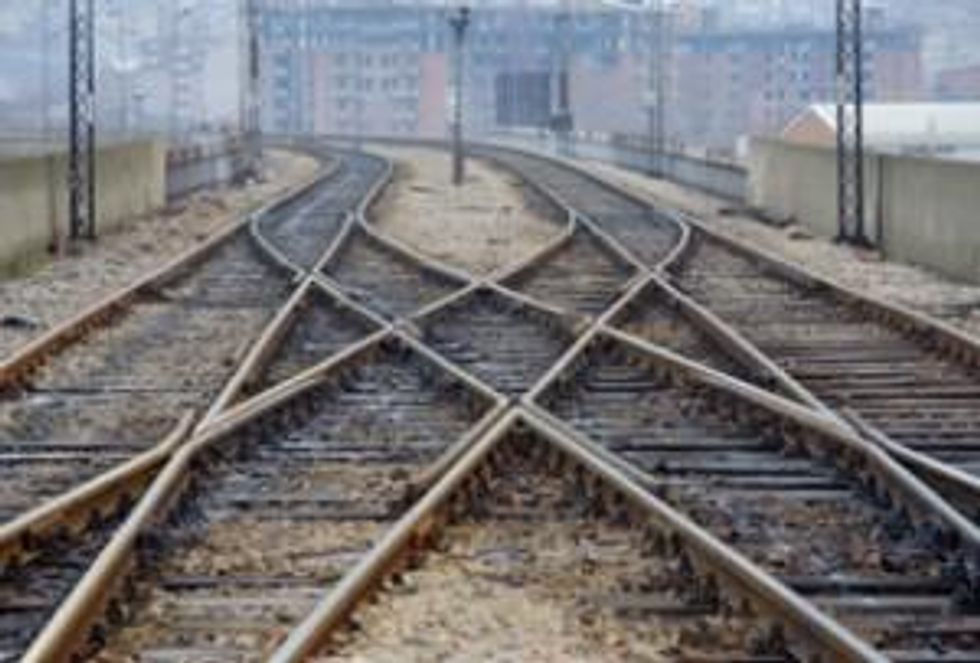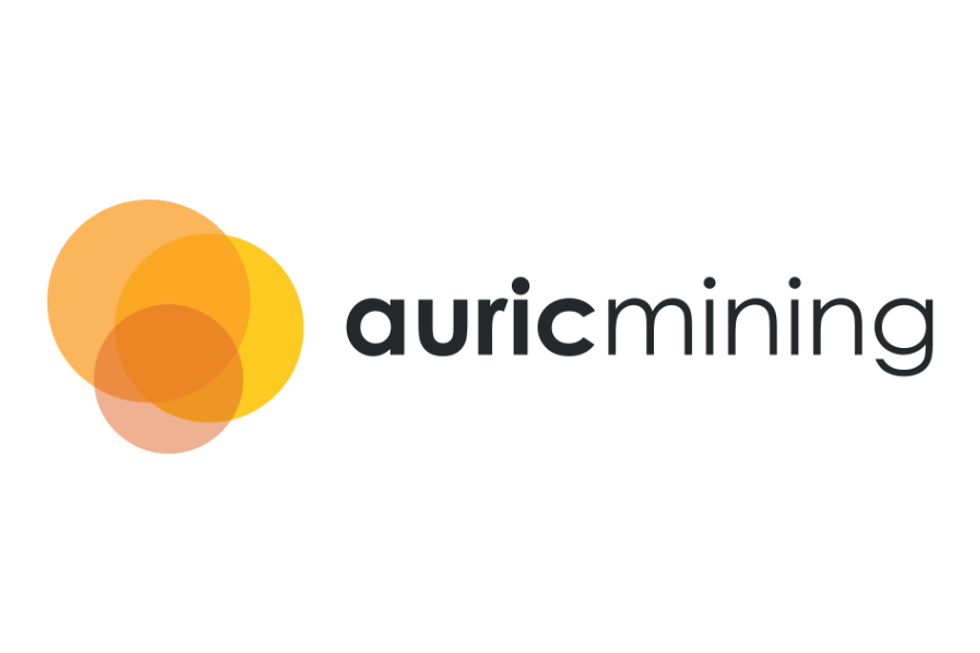- AustraliaNorth AmericaWorld
Investing News NetworkYour trusted source for investing success
- Lithium Outlook
- Oil and Gas Outlook
- Gold Outlook Report
- Uranium Outlook
- Rare Earths Outlook
- All Outlook Reports
- Top Generative AI Stocks
- Top EV Stocks
- Biggest AI Companies
- Biggest Blockchain Stocks
- Biggest Cryptocurrency-mining Stocks
- Biggest Cybersecurity Companies
- Biggest Robotics Companies
- Biggest Social Media Companies
- Biggest Technology ETFs
- Artificial Intellgience ETFs
- Robotics ETFs
- Canadian Cryptocurrency ETFs
- Artificial Intelligence Outlook
- EV Outlook
- Cleantech Outlook
- Crypto Outlook
- Tech Outlook
- All Market Outlook Reports
- Cannabis Weekly Round-Up
- Top Alzheimer's Treatment Stocks
- Top Biotech Stocks
- Top Plant-based Food Stocks
- Biggest Cannabis Stocks
- Biggest Pharma Stocks
- Longevity Stocks to Watch
- Psychedelics Stocks to Watch
- Top Cobalt Stocks
- Small Biotech ETFs to Watch
- Top Life Science ETFs
- Biggest Pharmaceutical ETFs
- Life Science Outlook
- Biotech Outlook
- Cannabis Outlook
- Pharma Outlook
- Psychedelics Outlook
- All Market Outlook Reports
The question for investors is whether railways are a long-term solution or merely a stopgap to hold the industry over until planned new pipelines can be built.
Buffett saw Burlington Northern as a way to profit from coal
Resource exploitation, too, was undoubtedly a big part of Buffett’s thinking. Burlington Northern hauls more coal than any other US railway, so it’s in a great position to profit from rising U.S. coal exports.
Tighter environmental regulations and cheap, abundant natural gas supplies are weighing on coal demand, but the coal that Burlington Northern ships, from the Powder River Basin in Wyoming, contains less sulfur and therefore releases fewer harmful pollutants, than coal mined in other regions. It’s also relatively easy and cheap to access.
In addition, Berkshire owns MidAmerican Energy, which operates 11 coal-fired power plants, four of which are located in Wyoming.
These factors helped BNSF mostly avoid a general decline in coal shipments in the first quarter of 2012: the railway’s coal volumes fell 5 percent in the period, compared to a 16 percent decline at rival CSX Corp. (NYSE: CSX), according to Forbes. In 2011, coal accounted for 24 percent of BNSF’s shipping volumes and 27 percent of its revenue.
Railway stocks have been making strong gains
Railway stocks have generally been on a roll over the past year. Canadian Pacific Railway (TSX: CP, NYSE: CP), for example, is up 27 percent in that time, and Canadian National Railway (TSX: CNR, NYSE: CNI) has risen 17 percent. Compare that to Canada’s S&P/TSX Composite Index, which has lost over 13 percent of its value in that period.
Part of the reason why investors are climbing aboard railway stocks is the vast potential these companies have to ship a lot more crude oil in the coming years. That has a lot to do with sharply rising shale oil production in the Bakken region, which covers parts of Montana, North Dakota and the Canadian province of Saskatchewan.
Pipeline delays are boosting railway profits
Analysts are predicting that Bakken oil production could hit a million barrels a day by 2020. However, that growth could be hampered by a lack of pipeline development that’s already creating bottlenecks as more oil flows out of the Bakken and western Canada.
In addition, many new pipeline proposals, such as TransCanada’s Keystone XL pipeline, which would carry oil sands crude to refineries on the Gulf Coast, have faced significant political and environmental opposition.
As a result, more producers are turning to railways. And the trains are already starting to move in sharply higher numbers: According to a recent report from RBC Dominion Securities, the number of railcars carrying crude out of the Bakken has jumped 36 percent from a year ago.
So far, Canadian Pacific Railway has been a big winner, with a 90 percent jump in crude shipments from last year, according to a recent article in Petroleum News, though it is starting from a smaller base than many of its peers. The railway has projected that its crude volumes could rise from 13,000 carloads in 2011 to 70,000 in the near future.
Shale oil has spurred big demand for drilling materials and equipment
Railways are not only benefiting from rising shipments of shale oil; they’re also profiting by bringing raw materials — including sand and gravel used for fracturing the rock — into shale regions. In the past year, there has been a 12 percent increase in rail shipments of stone, sand and gravel.
Here, too, CP has been making headway. On July 18, the company announced a new partnership with Smart Sand to ship drilling sand to unconventional oil and gas projects in North America, including those in the Bakken formation and the Marcellus shale. The partners will also build a sand-loading facility at Makoti, North Dakota, that will start serving the Bakken area in 2013.
The deal follows a June agreement between CP and Silica Holdings. Under this contract, CP will be the exclusive rail shipper for Silica’s new drilling sand mining and processing facility in Wisconsin.
Railways have advantages over pipelines—but higher costs could be a stumbling block
The question for investors is whether railways are a long-term solution or merely a stopgap to hold the industry over until planned new pipelines can be built.
Rail does have a number of important advantages over pipelines. For one, railways can scale up or down their volumes quickly. In addition, many argue that railways have a safety advantage, because if a railcar breaks open, the most it can spill is its 650-barrel capacity. That’s much less oil being spilled than would be the case with a pipeline rupture.
The drawback? Cost. According to a recent Globe and Mail article, oil costs about twice as much to ship by rail as by pipeline, some $5 to $10 more a barrel. That has fueled concern that the railways will be shut out once new pipelines are eventually built.
Still, many in the railway business feel that all the money that is currently being spent on railroad infrastructure means the oil trains are more than just a short-term fix:
“In western Canada, shippers and third parties are investing in the necessary infrastructure and we see strong growth ahead,” said Doug Reece, director of marketing for Canadian railcar leasing company Procor Ltd. “We are having regular dialogue with customers about their potential needs, as collaboration and fleet planning have become critical.”
Securities Disclosure: I, Chad Fraser, hold no positions in any of the companies mentioned in this article.
Outlook Reports
Featured Resource Investing News Stocks
Browse Companies
MARKETS
COMMODITIES
| Commodities | |||
|---|---|---|---|
| Gold | 2386.71 | +6.78 | |
| Silver | 28.29 | +0.05 | |
| Copper | 4.45 | -0.01 | |
| Oil | 84.60 | +1.87 | |
| Heating Oil | 2.60 | +0.06 | |
| Natural Gas | 1.77 | +0.01 | |
Investing News Network websites or approved third-party tools use cookies. Please refer to the cookie policy for collected data, privacy and GDPR compliance. By continuing to browse the site, you agree to our use of cookies.






